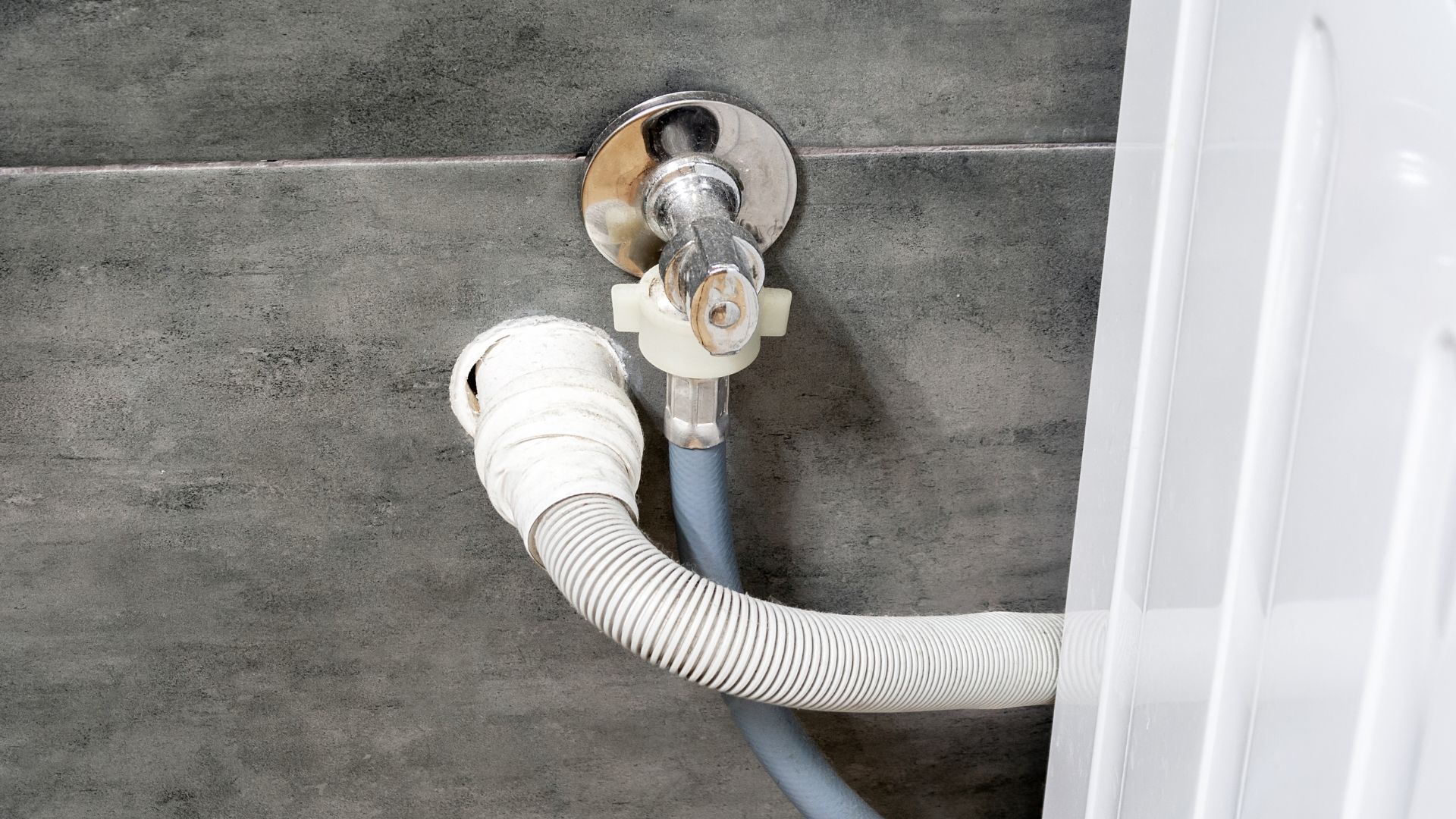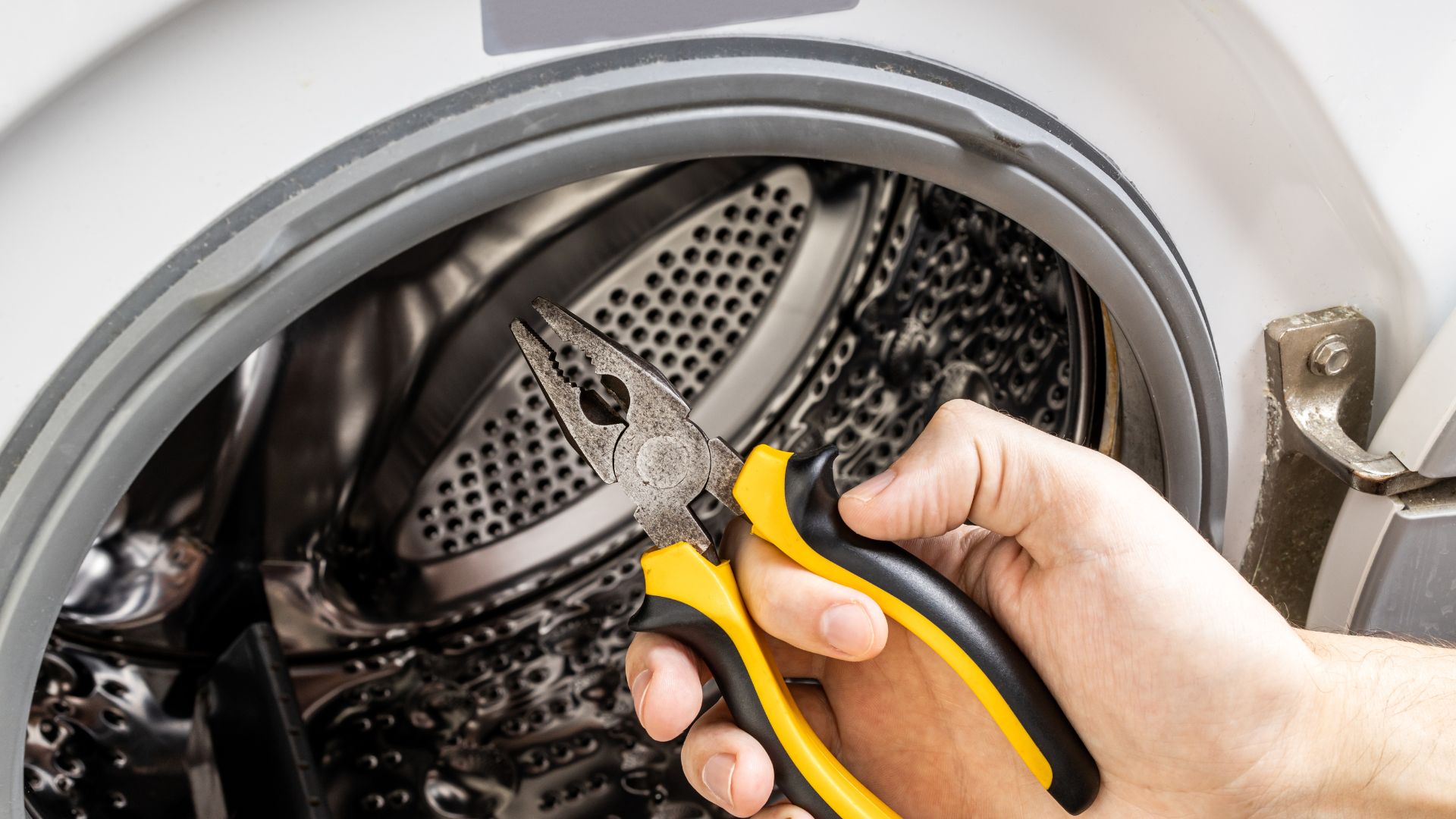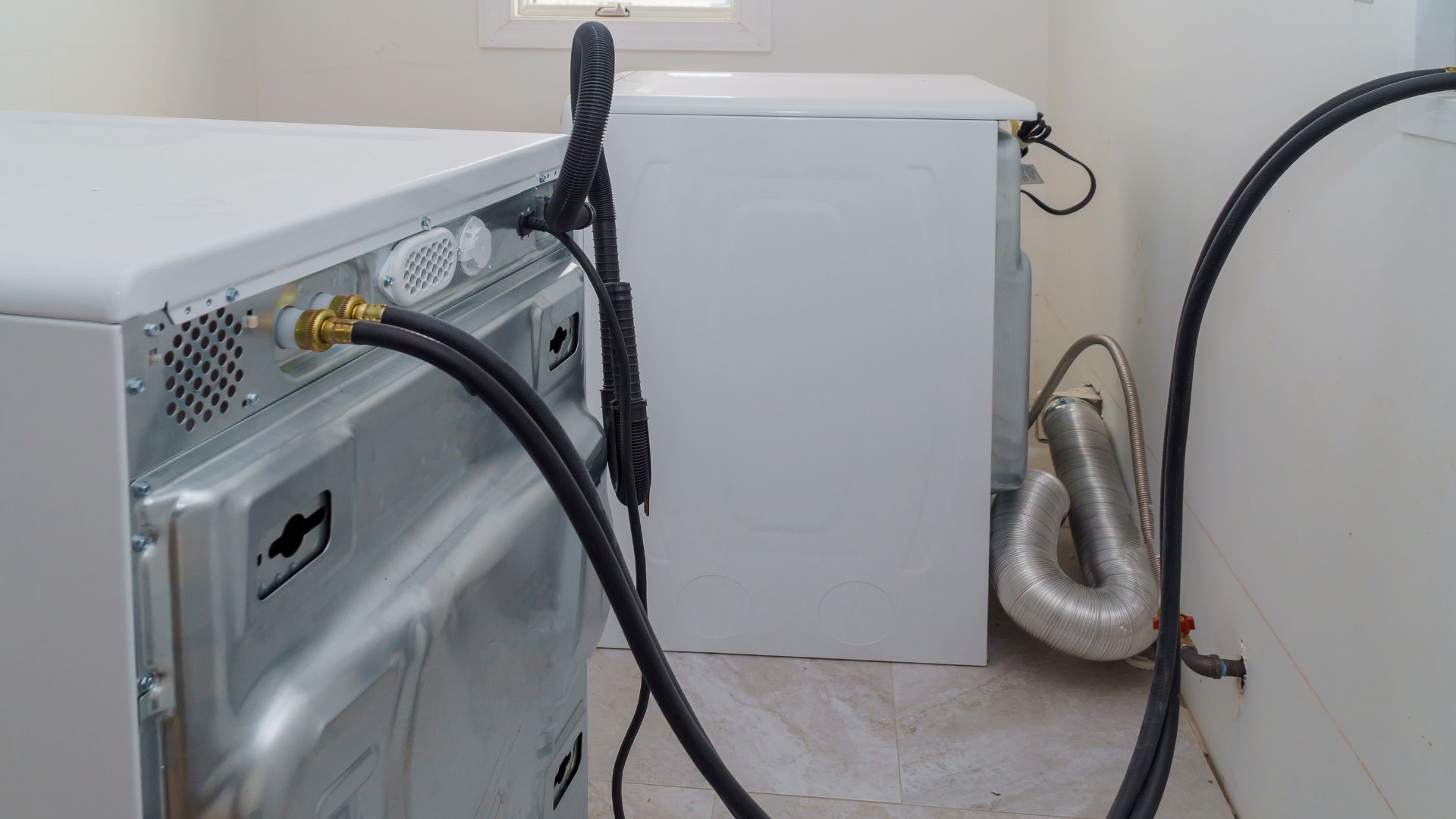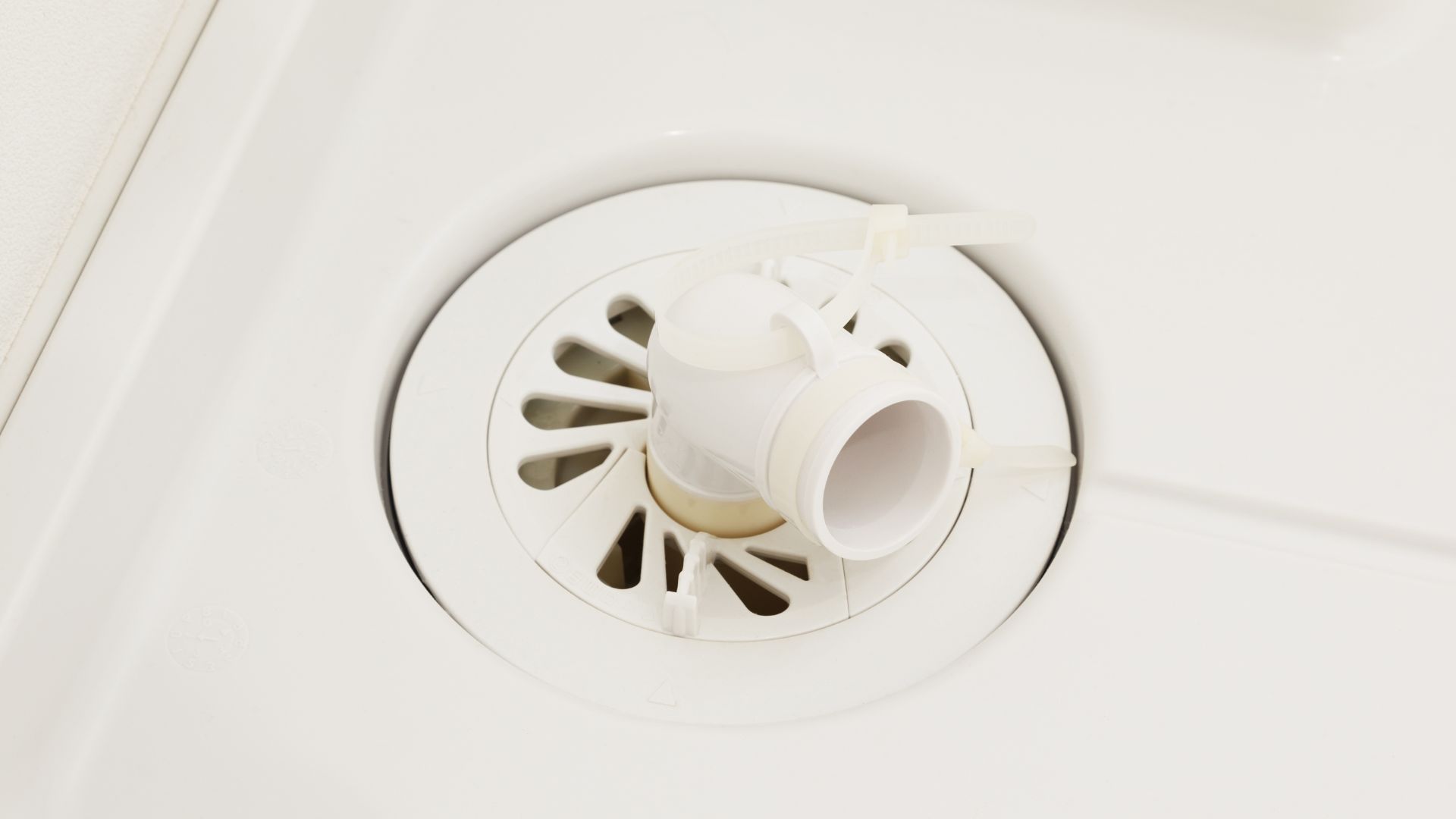7:00AM to 5:00PM
A clogged washing machine drain line is a common household issue that can quickly escalate from a minor inconvenience to a major headache. When your washer’s drain line becomes blocked, it can result in a cascade of problems, including water backup, overflow, and foul odours that permeate your laundry room. Left unaddressed, these issues can lead to water damage, mould growth, and even costly repairs.
However, a clogged washing machine drain line can usually be resolved with a few basic tools and some know-how.
In this comprehensive blog post, we’ll walk you through diagnosing a clogged washing machine drain line, providing step-by-step instructions on how to clear the blockage and restore your washer to its proper functioning state. Additionally, we’ll share valuable tips on preventing future clogs so you can keep your laundry routine running smoothly.
So, whether you’re a DIY enthusiast or simply looking to expand your home maintenance skills, read on to learn how to tackle this common household challenge confidently and efficiently.

Before you start fixing the issue, it’s essential to identify the symptoms of a clogged drain line. Some common signs include:
If you notice these symptoms, it’s time to take action.
Washing machine drain line clogs can occur due to several reasons:
Understanding the cause of the clog can help you prevent future occurrences.
Before you begin, gather the necessary tools:
Next, unplug the washing machine and turn off the water supply. Locate the drain hose and disconnect it from the washer and the drain.
It’s time to take action when you’ve identified that your washing machine drain line is clogged. Follow these step-by-step instructions to successfully clear the blockage and restore your washer’s draining function.

Begin by removing any visible debris from the drain hose. Disconnect the hose from your washing machine and the drain outlet, and carefully inspect it for obvious obstructions. Use your hands or a pair of pliers to remove any lint, hair, or foreign objects blocking the hose. If the clog is located near the ends of the hose, this step might be sufficient to resolve the issue.
If the clog persists after removing visible debris, it’s likely located deeper within the drain hose or the drain line. In this case, you’ll need to use a plumber’s snake or auger to reach and remove the blockage.
Insert the end of the plumber’s snake into the drain hose, pushing it through until you feel resistance. This resistance indicates that you’ve reached the clog. Continue to push the snake forward while rotating the handle clockwise. The rotating action will help the snake’s tip to break through the clog and capture the debris.
Once you feel the snake break through the blockage, rotate and push it a few more times to ensure the clog is fully broken up. Then, carefully pull the snake back out of the hose, removing any debris that comes with it.
After removing the clog, cleaning the drain hose thoroughly is crucial to prevent future blockages. Use a long, flexible brush to scrub the inside of the hose, paying close attention to any areas where debris may have accumulated. You can make a cleaning solution by mixing equal parts water and white vinegar, which will help break down any remaining gunk and neutralise odours.
Once you’ve scrubbed the hose, rinse it with hot water to flush out any loosened debris and cleaning solution. Make sure the water runs freely through the hose before proceeding to the next step.
In some cases, the clog may not be located in the washing machine drain hose itself but instead in the sink or floor drain to which the hose is connected. It’s also important to check and clean these drains to ensure a complete fix.
Remove the drain cover and inspect the drain with a flashlight for any visible obstructions. If debris is present, remove it from your plumber’s snake or a drain claw. You can also pour a mixture of hot water and baking soda down the drain to help break up any remaining clogs and freshen the pipes.
Once you’ve completed the cleaning and unclogging process, it’s time to reassemble your washing machine drain system. Reconnect the drain hose to your washer and the drain outlet, making sure the connections are secure to prevent leaks.
With everything reconnected, run a test cycle on your washing machine to ensure the water drains properly. Monitor the machine during the drain cycle to confirm no leaks or backups. If the water drains smoothly and without issue, congratulations! You’ve successfully fixed your clogged washing machine drain line.
While knowing how to fix a clogged washing machine drain line is essential, preventing future clogs is equally important. Implementing simple habits and maintenance practices can significantly reduce the likelihood of encountering this problem again.

One of the most effective ways to prevent clogs is to clean your washing machine and drain the hose regularly. Over time, lint, hair, and debris can accumulate in the drain hose, leading to blockages. To combat this, make it a habit to run an empty cycle with hot water and a cleaning agent designed for washing machines once a month. This will help flush out any build-up and keep your machine running smoothly.
Additionally, periodically remove the drain hose from the washer and drain outlet and thoroughly clean it. Use a long, flexible brush to scrub the inside of the hose, removing any debris or gunk that may have accumulated. Rinse the hose with hot water to ensure it’s spotless before reattaching it.
Another proactive measure is installing a lint trap on your washing machine’s drain hose. A lint trap is a simple device that fits over the end of the hose and catches lint, hair, and other small particles before they can enter the drain line.
Lint traps are inexpensive and easy to install, making them a worthwhile investment for homeowners. However, they must be cleaned regularly to maintain their effectiveness and prevent them from becoming a source of clogs.
Using your washing machine can also significantly impact the likelihood of drain line clogs. Overloading your washer can lead to excess lint, debris, and poor water circulation, contributing to blockages.
Always follow your washing machine’s recommended capacity guidelines to ensure optimal performance and minimise the risk of clogs.
Before washing your clothes, check pockets and remove any items that could cause blockages, such as coins, keys, or small toys. Also, properly dispose of lint from your dryer’s lint trap after each use, as this can help reduce the amount of lint in your washing machine and drain line.
While regular cleaning and proper use can help prevent clogs, it’s also a good idea to schedule professional maintenance for your washing machine every few years. A skilled technician can inspect your machine and drain line for signs of wear, tear, or potential issues and make necessary repairs or adjustments before a clog develops.

Dealing with a clogged washing machine drain line can be frustrating, but you can often resolve the issue independently, armed with the proper knowledge and tools. Following the step-by-step guide outlined in this blog post, you’ll be well-equipped to identify, fix, and prevent washing machine drain line clogs.
Remember to clean your washing machine and drain hose regularly, install a lint trap, avoid overloading your washer, and properly dispose of lint and debris to minimise the risk of future clogs.
However, if you encounter a particularly stubborn clog or feel unsure about any part of the process, don’t hesitate to contact a professional plumber. The experienced team at Gold Coast Plumbing Company is always ready to help you tackle your washing machine drain line issues. With their expertise and state-of-the-art equipment, they can quickly diagnose and resolve even the most challenging clogs, ensuring that your laundry routine is back on track in no time.
Don’t let a clogged washing machine drain line disrupt your daily life. Take action today, and if you need professional support for any blocked drain issues, trust the experts at Gold Coast Plumbing Company to get the job done right. Contact them now for all your plumbing needs and enjoy peace of mind with a properly functioning washing machine.